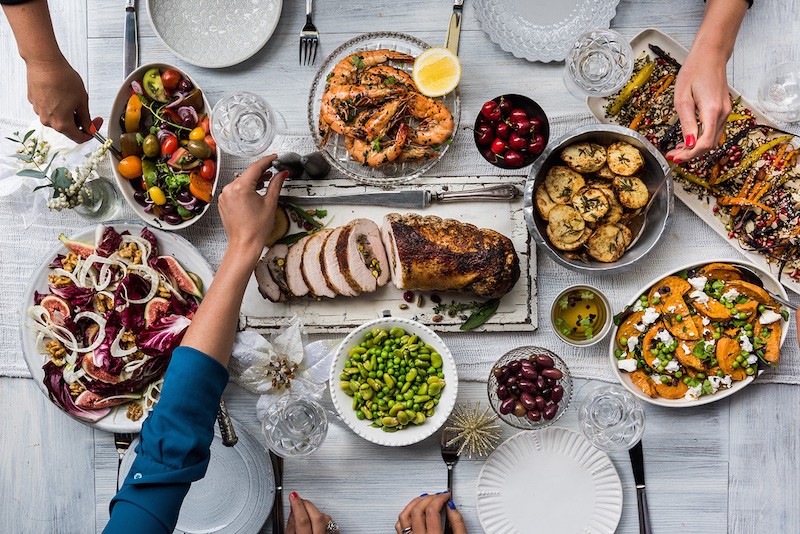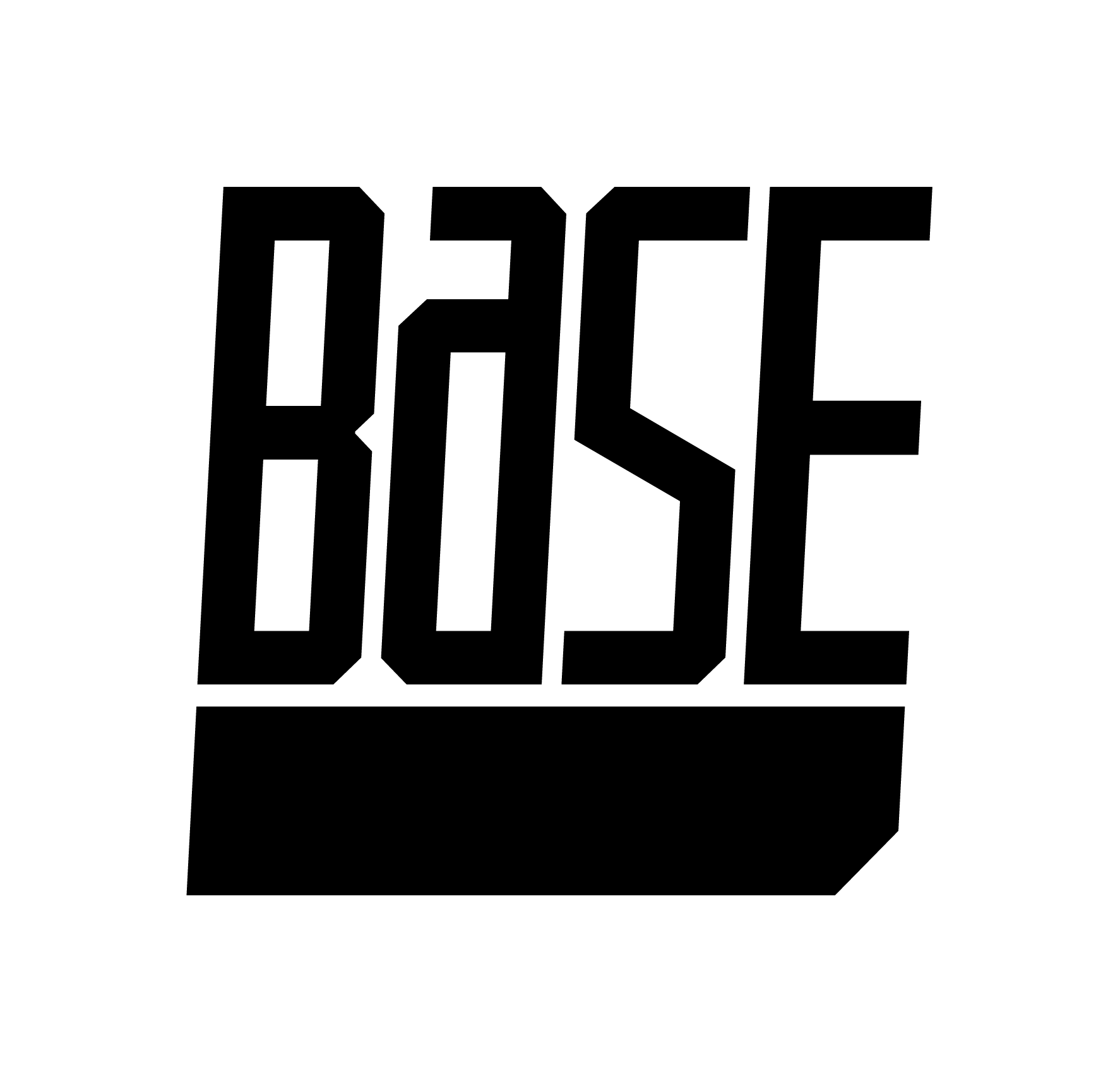BJJ is a physical sport and until you become vastly more skilled than your opponents, physicality will play a big part in your rolls. This is what makes rolling with bigger guys so tough. If two evenly skilled people roll and one person is 20-30kg heavier, it wouldn’t be hard for that person to dominate the roll using their size and strength advantage. But is that the correct thing to do? In this post we’re going to explain how to properly roll with smaller opponents as a bigger guy to ensure you and your training partner get the most they can out of the roll.

Nutritionist’s Tips To Staying On Track This Christmas Season
29 November 2021
With the silly season right around the corner we asked Jesse McJannett (aka Prymal Fitness), our resident fitness coach and certified sports nutritionist, his top tips for not losing progress whilst enjoying your holiday celebrations!

Athlete Performance & Aptitude Testing Day
14 September 2021
BASE Training Centre recently facilitated the first Athlete Performance and Aptitude Testing (APAT) day which was designed and administered through a combined effort from Fight IQ Professionals Aaron Blackie, Mitchell Robinson and Marcel Noronha as well as with the facility’s head coach and UFC veteran Damien Brown.

How To Box – The Beginner’s Guide To Getting Started
14 April 2021
Thousands of people want to start MMA but are hesitant for one reason or another. We’ve compiled some of the most common reasons for putting off the start of your MMA journey to help the general public to understand why we do what we do, and love it.
